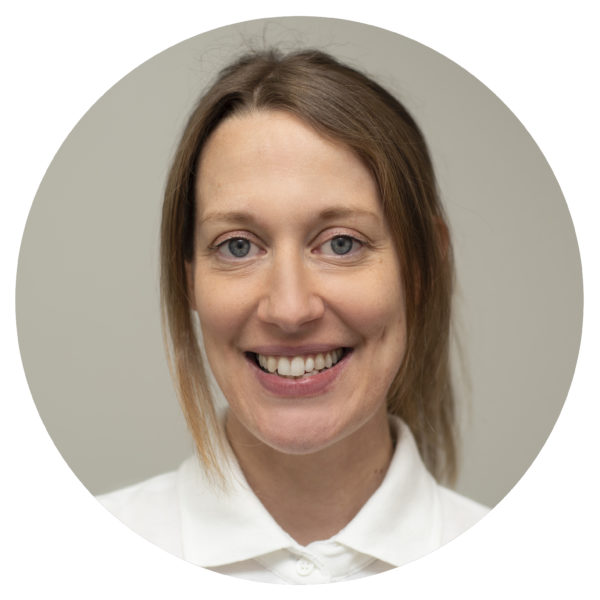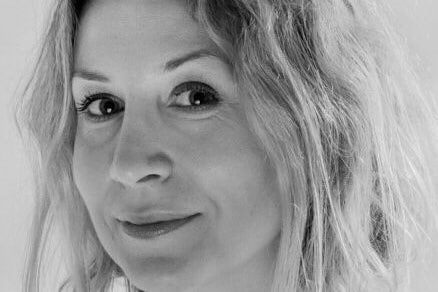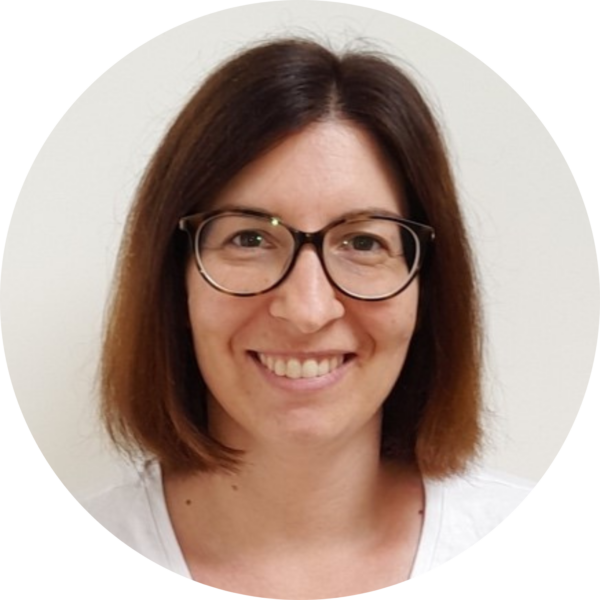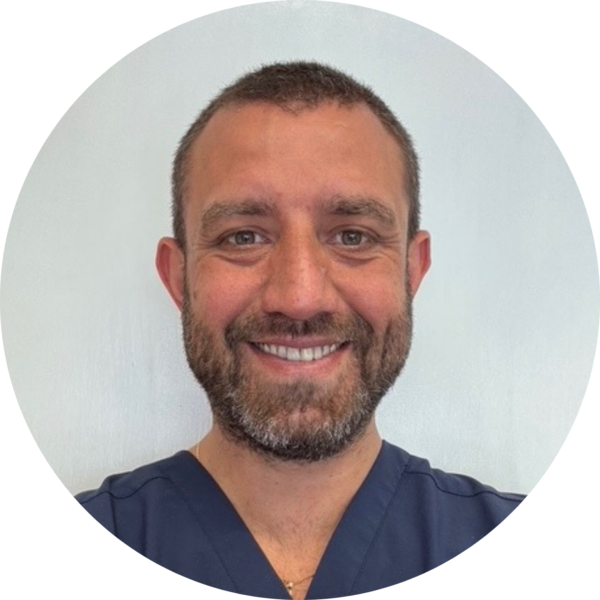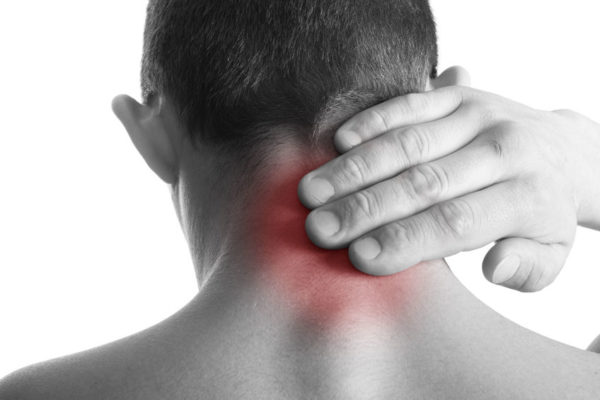
Neck Pain Causes
Multiple Vertebrae, ligaments that keep bones together, and muscles that allow for movement make up the neck. Slouching shoulders is a prevalent problem in today’s society, resulting in stiff necks, shoulders, and headaches. Longer durations of screen time, such as when using a phone or laptop, can put a lot of strain on the neck, shoulder, and surrounding muscles. Other factors that may be giving you pain include whiplash, poor posture, arthritis, or just stress. The most common cause of headaches, though, is a problem with your neck and shoulder. Cervicogenic headaches are characterised by pain that spreads from the base of the skull to the front of the skull, as well as pressure behind the eyes and sometimes jaw rigidity.
Cervicogenic Headaches
A cervicogenic headache is just another word for a headache that starts in the neck. It is one of the most frequent types of headache, and while it can affect people of any age, it is most common in people between the ages of 20 and 60. Cervicogenic headaches are also known as secondary headaches since they are caused by a basic underlying neck disease, which commonly includes nerve irritation. The good news is that your headache can be relieved by correcting your neck condition. Cervicogenic headaches account for up to 22% of all headaches encountered in clinics, according to research. The upper half of your neck is made up of cervical vertebra, which support the skull and the weight of your head while also allowing you to flex and extend your neck (look up and down) and rotate your neck (look left and right). Any dysfunction in the upper neck’s vertebral joints might limit range of motion and fluidity of movement, causing nerve discomfort. The ligaments, tendons, and muscles that attach to the vertebrae, as well as the cartilage discs between the vertebrae, could all be affected. People with cervicogenic headaches frequently have a history of neck injury, particularly whiplash; however, a severe accident is not required to cause damage to the neck tissues. Repeated or persistent bad postures can ‘damage’ these structures over time. Referred pain is a type of pain that occurs as a result of this illness. This is when discomfort originates from a different location, such as the neck. The skin overlying the head, forehead, jaw line, back of the eyes, and ears are all supplied by the nerves that supply the upper neck. As a result, pain originating from upper neck structures or nerve irritation in this region may refer discomfort to any of these sites, resulting in a cervicogenic headache. Your headache could also be referred discomfort from muscles in your upper neck, front, and back. The temples and side of the head are frequently affected by these muscles. Muscle spasms, weak or overused muscles, and prolonged bad postures can cause trigger points to form, causing discomfort to radiate to the head and face.
What causes these headaches?
Cervicogenic headache is caused by activities that put too much strain on the upper joints of the neck. This can occur traumatically as a result of a specific incident (e.g., whiplash or heavy lifting), or more commonly as a result of repetitive or prolonged activities such as prolonged slouching, poor posture, lifting or carrying (especially in poor posture), excessive bending or twisting of the neck, working at a computer, or activities that require the use of the arms in front of the body (eg. housework).
What are the symptoms?
Because treatment approaches for different headaches varies, it’s critical to appropriately diagnose this headache and distinguish it from a migraine.
Symptoms commonly include:
- During an activity that irritates the neck structures, a gradual onset of neck discomfort and headache occurs.
- Constant dull ache, usually in the back of the head, but also behind the eyes or in the temples, and less typically on the top of the head, forehead, or ear region. Pain is commonly felt on one side of the head and face, but it can happen on both sides.
- Neck pain aggravated by movement or position Tenderness in the upper cervical joints, neck ache
- Neck stiffness and trouble turning
- The upper back, shoulders, arms, and hands may also experience pain, pins and needles, or numbness, though this is less usual.
- Other symptoms may include light-headedness, dizziness, nausea, tinnitus (ringing in the ears), poor focus, difficulty to operate normally, and occasionally sadness.
- Cervicogenic headaches can affect anyone, even if their neck isn’t sore or unpleasant. It’s crucial to remember that your neck joints may not be tender to the touch or uncomfortable when properly evaluated or pushed to the limit of their range of motion by a physiotherapist.
How are cervicogenic headaches diagnosed?
The diagnosis of a cervicogenic headache is usually made after a comprehensive examination by an experienced physiotherapist or doctor. Unfortunately, X-rays, CT scans, and MRIs aren’t always helpful in determining whether a headache is cervicogenic. Cervicogenic headaches can occur with or without abnormal findings on X-rays or scans. A physical therapist may discover the following during an examination:
- Trigger points and increased tension in the neck and upper back/shoulder muscles
- Deep neck flexor weakness
- The superficial neck flexor is overactive or overactive.
- Pain in the neck and occiput (base of the skull) that can spread to other parts of the head, such as the forehead, orbital region (eyes), temples, or ears, on one side only.
- Specific neck movements or prolonged postures cause or aggravate pain.
- Neck movements are resisted or restricted.
- Muscle spasms and changes in neck muscle tone
- Neck musculature soreness that is abnormal
How can physiotherapist in Twyford, Reading can help?
Although medications such as analgesics, anti-inflammatories, harsher opioid-based medications, and even nerve blocking injections may help with this type of headache, they usually just treat the symptoms, not the underlying cause. The headache will return in time unless the source of the headache, which is upper neck dysfunction, is treated and remedied. The soft tissue and joint constraints in the upper neck, as well as areas like the front of the neck and upper back, will be addressed by the physiotherapist in Reading. Exercises to strengthen weak muscles and stretch tight muscles may also be included.
Book your appointment today – call 0118 934 4055 CONTACT US







